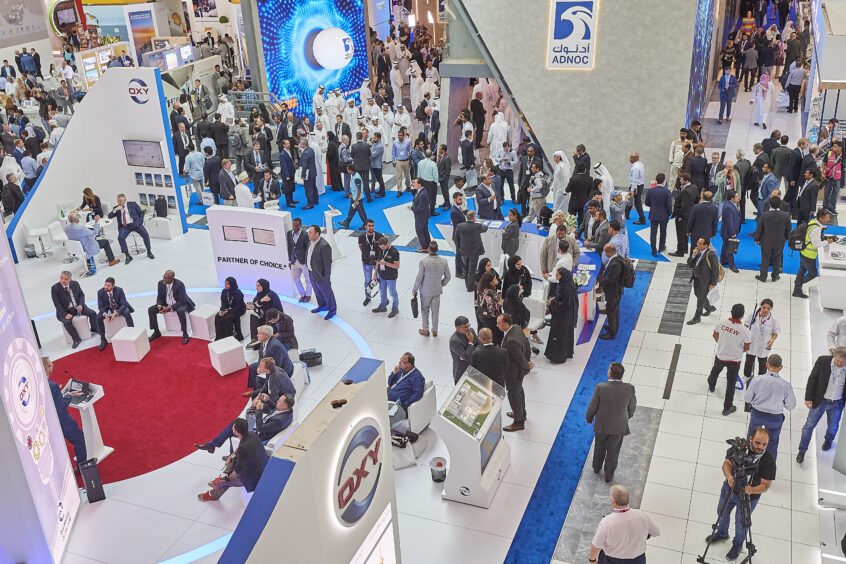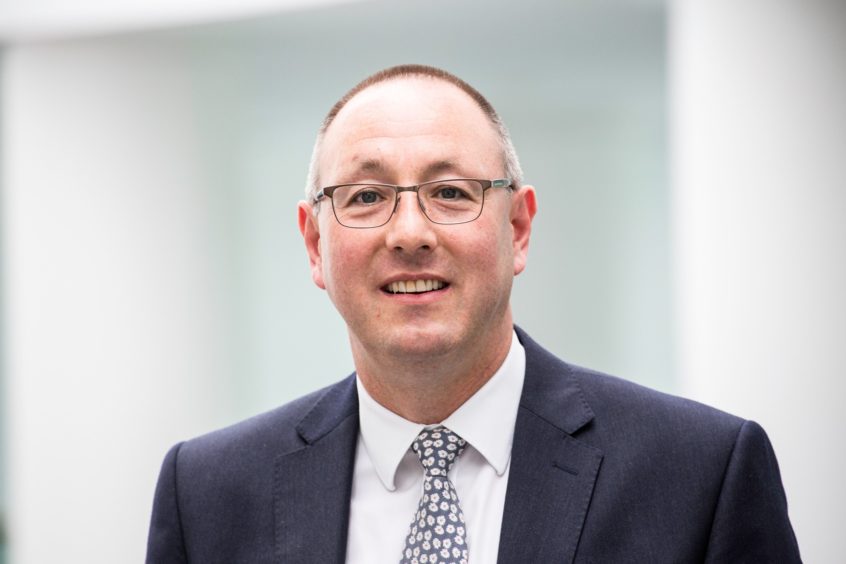
The current supply crunch and record-high energy prices, combined with the rapid social, economic and environmental changes are fundamentally reshaping the global political, economic, and societal landscape in which the sector operates.
The parallel cost-of-living and climate emergency crises have exposed a stark tension between competing security and climate goals and pushes the ‘Energy Trilemma’ to the forefront of the global conversation. As a planet, as a society, and as a sector, we are all facing extremely tough challenges: how to balance the need to protect global energy security and affordability, whilst also making the transformational investments in renewables necessary to protect our planet’s future.
The energy transition will inevitably change future energy geopolitics. The big three – coal, oil, and gas – have dominated the global energy scene for almost a century, with over 80% of production of these global commodities concentrated in less than 20 countries.
Looking ahead, solar, wind, and hydrogen will be the net zero energy building blocks of the future and will eventually replace the traditional globally traded commodities. Given the constraints of wind and solar generation capacity, energy is likely to become more localised, more integrated, and increasingly centred around energy clusters, matching supply and demand in countries and regions.
This new world of increased energy independency, breaking the link with imported commodities, will also shift responsibility and accountability to national and regional governments for meeting the net zero obligations under the Paris Climate agreement. The increased localisation of energy will enable governments to have a bigger impact in shaping their own energy destiny and employment opportunities. With both COP27 and COP28 held in the Middle East, the region has now a unique opportunity to position itself as a global leader in the energy transition and sustainability space.
The United Arab Emirates’ flagship ADIPEC conference, one of the world’s largest energy sector trade shows, is scheduled to take place in early November 2022, just a few days before the COP27 meeting in Egypt. With the UAE representing around 2% of the world’s oil and gas production, over 0.7% of global CO2 emissions, and roughly 0.1% of the world’s population, it has traditionally been one of the world’s leading hydrocarbon producers. However, with the UAE hosting COP28 in 2023 and with the global agenda shifting towards a more sustainable and lower carbon future, the ADIPEC conference and the COP28 meeting are fantastic opportunities for the region to truly showcase how it is leading the global energy transition.
The UAE is a powerful case study of a country trying to strike this balance. The opportunity for the nation to make a historic contribution to the future of the planet is clear. It was one of the first countries in the region to ratify the 2016 Paris Climate Agreement and to commit to a nationwide reduction in greenhouse-gas emissions. Recognising that the model on which the UAE is built is incompatible with our planet’s future, the Emirates are increasingly positioning themselves as a driving force in managing and supporting the global transition to a lower carbon and more sustainable future.
The establishment of the Abu Dhabi Future Energy Company (Masdar) is a positive example and signal of the region’s ambition to supercharge the drive to net zero ahead of COP28. With Masdar’s stated intention to develop and co-own 100 GW by 2030 and to be one of the world’s largest renewable energy companies in the world, the UAE will be able to demonstrate that it is actioning its energy transition ambition.
The pandemic helped to unite the world against a common threat, and we now need a similar approach to tackle the climate emergency and to deliver a sustainable net zero world. The UAE has the opportunity to build on that positive momentum and to play its part to lead the energy transition with the urgency that our planet needs and deserves.
Recommended for you

